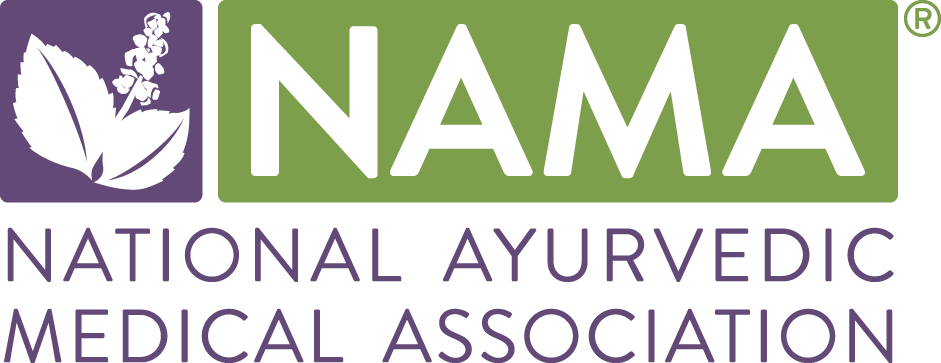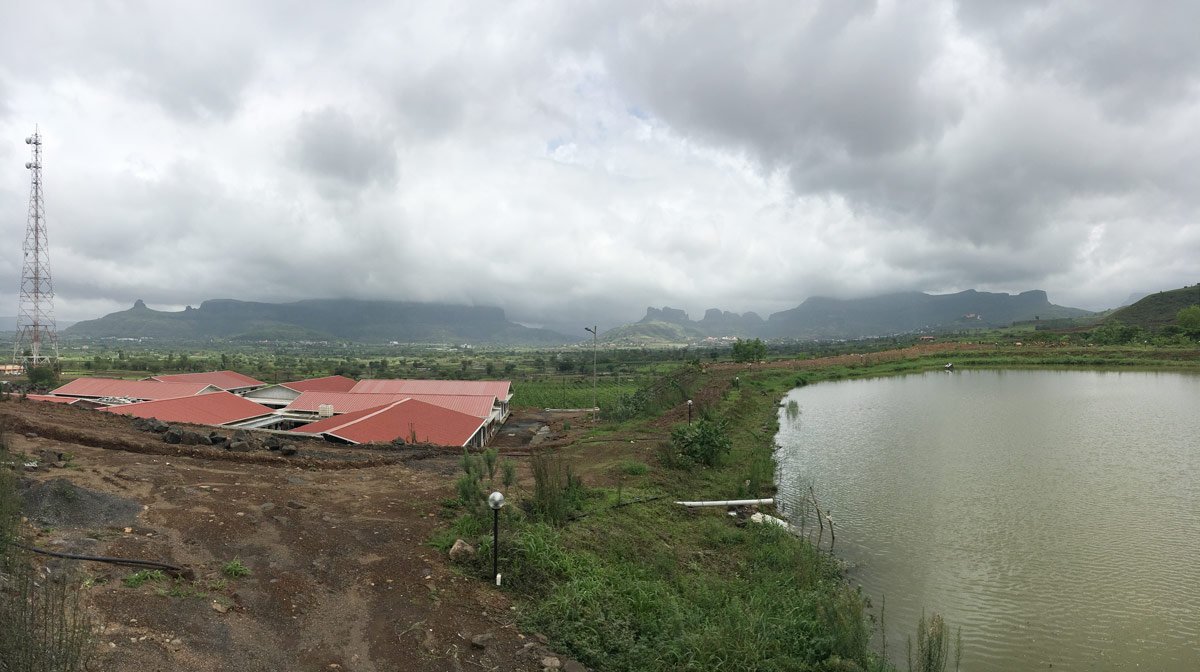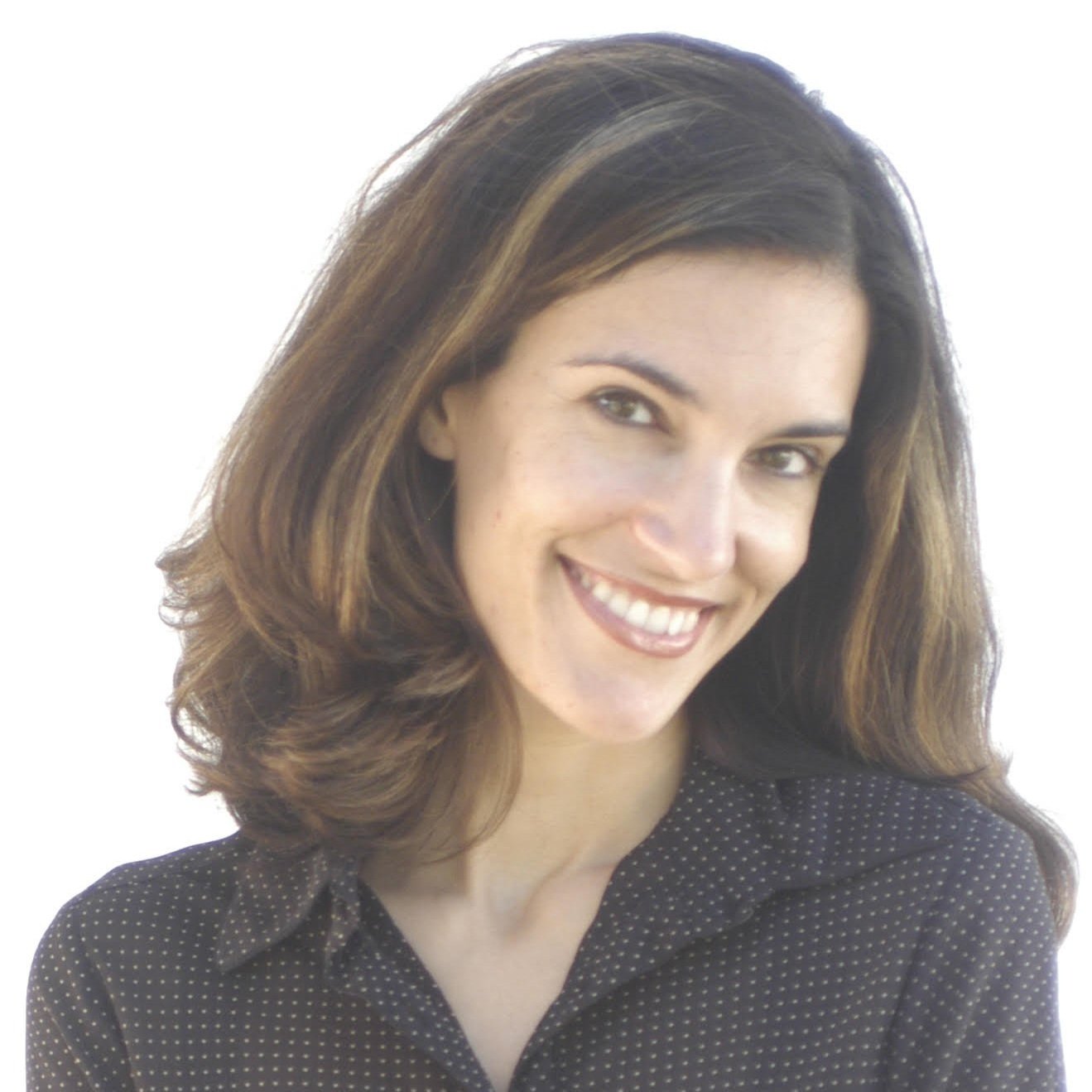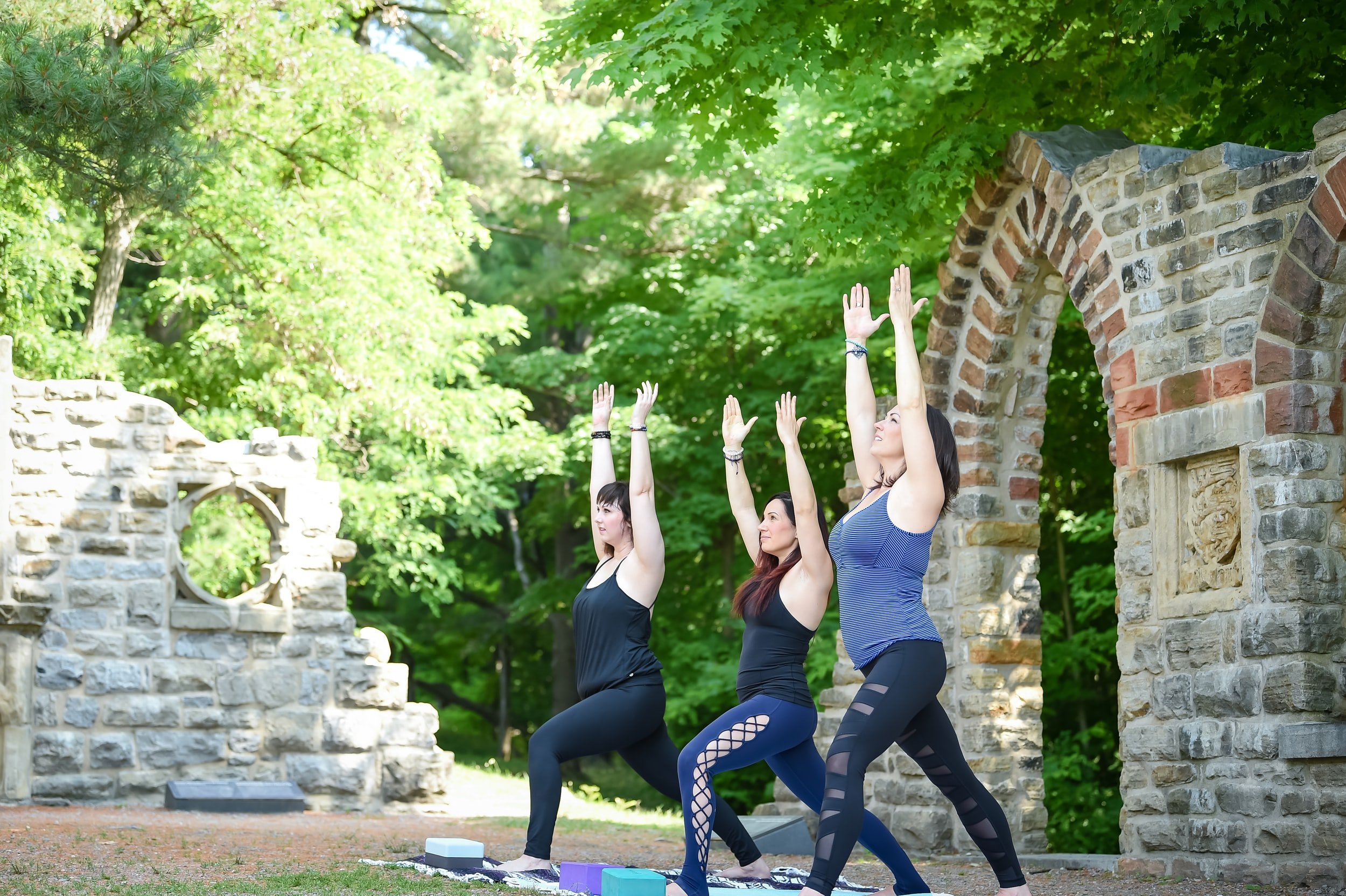Justin is a 14-year-old obese boy who suffers from asthma. His mom is perimenopausal and anemic, while his father has type II diabetes and appears emaciated. As Ayurvedic Practitioners, we know that a vital part of their individualized protocols consists of guidelines on pathya (wholesome and beneficial) ahara (diet) and vihara (lifestyle).
In Ayurveda, food is considered mahabhaisajya, the most superior medicine. This is true for both prevention of disease and disease management. Food is poornabrahma, which satiates the mind, body, and spirit. An important mechanism encompassed within Ayurveda is epigenetics, whereby gene expressions can be upregulated or downregulated as needed to restore balance through proper management of diet, digestion, lifestyle, behavior, stress, and environmental factors. This, in turn, can have a transgenerational impact.
This approach to healthcare is highly relevant in today’s world where lifestyle-based disorders abound, and we are inundated with processed and convenience food. An apple often costs more than a bag of chips! The following statistics are mind boggling:
According to the WHO (World Health Organization), globally, nearly 1 in 3 people suffer from malnutrition, obesity, and diet- and lifestyle-related non-communicable diseases (NCDs) like type II diabetes, cardiovascular and respiratory diseases, stroke, and certain types of cancer.
The United Nations has labeled the decade of 2016–25 as the “Decade of Action on Nutrition.”
NCDs continue to be the leading cause of death, disability, and lost productivity, responsible for more than half of the global burden of diseases.
Those conditions are a major risk factor for communicable diseases like COVID-19.
Poor nutrition has become an even bigger health issue than smoking; if people can modify their diets, 1 in 5 deaths can be prevented globally.
Six in ten adults in the US suffer from chronic lifestyle-based diseases; 42% are obese and over 70% are overweight.
UNICEF has warned that poor diets are significantly harming the health of children globally.
Ayurveda as a lifestyle-based, preventive form of medicine is uniquely poised to provide solutions with its emphasis on diet and lifestyle. In a world widely plagued by an epidemic of stress, a meaningful definition of health must encompass becoming grounded (svastha—being centered and well established in the self) and the three pillars of health, Trayopastambha, which are ahara (a diet that supports physical and mental well-being and faciliates efficient digestion of of the four inputs of life: nutrition, breath, water and liquids, and perception), vihara or brahmacharya (balanced lifestyle in alignment with your higher consciousness and higher purpose) and nidra (sleep).
How is your agni?
The headlines from every magazine scream, “Lose 10 pounds in 2 weeks, try xyz diet or supplement, the ultimate solution to turn your life around.” If these diets, fads, and trends were the answer to nutrition, weight loss, or whatever else is being promised, why haven’t they caused a positive, lasting shift in people’s health? Many people are confused about food, feel guilty, want to lose weight, eat salads indiscriminately, juice for many straight days, subsist on smoothies…and unwittingly commit apathya (unwholesome practices)!
Ayurvedic nutritional concepts are unique for the following reasons:
We are what we digest, not what we eat. Our agni (digestive and metabolic fire) is the key to our well-being—the status of agni is the cornerstone of any Ayurvedic protocol.
Nutrition includes food, water and other liquids, breath, and sensory perceptions.
In the context of our mind-body system, food and mental health are inextricably linked. Foods are classified based on the gunas. Foods may be characterized as sattvik (conducive to the clear, light state of the mind associated with a diet of fresh, pure, high prana foods, such as complex whole grains, fruits, and dairy); as rajasic (liable to increase desire and restlessness, as tends to result from eating spicy dishes, garlic, and onion); or as tamasic (apt to cause lethargy and heaviness—a defining quality of processed and stale food and certain meats).
*Practices like meditation improve our our mental and physical health by helping us process perceptions more effectively and helping us make better dietary choices!
Among the three considerations of what, when, and how much we eat, when we eat matters most. Aligning our bodily rhythms with the rhythms of nature is essential. Practicing dinacharya (daily routine) and ritucharya (seasonal transitional routine) guidelines for eating, such as having the heaviest meal at lunchtime when agni is strongest, are tremendously helpful in the optimization of our well-being.
The ideal diet is individualized based on our constitution (prakriti) and imbalances (vikruti).
Vyadhikshamatwam (immunity) became a buzzword during the pandemic. In particular, yuktikrita bala can be correlated to acquired immunity and is enhanced by a good diet that nourishes dhatus and their net essence, ojas, which lends bala (strength) to the body.
Dietary recommendations are based on the shadrasa, or the six tastes. In a state of health, we should favor all six tastes to avoid imbalances or deficiencies, while being mindful to consume more of the tastes that balance our innate constitution.
Shadrasa (the six tastes) and their significance in balancing the doshas
My friend loves kidney beans while they make me feel terribly bloated. I do great with rice pudding (kheer), which she cannot stomach!
Just as everything in the universe is composed of the five basic elements (panchamahabhutas) prithvi (earth), apa (water), tejas (fire), vayu (air), and akash (ether); this is true of our bodies and food! Of the three doshas (energy principles), vata, the energy of movement, is composed of ether and air; pitta, the energy of metabolism and transformation, is primarily composed of fire and water; and kapha, the energy of cohesion, structure, and stability, is composed of earth and water. Each of the six tastes comprises a preponderance of certain elements that exert an effect on the doshas and dhatus—pacifying some and aggravating others, according to the principle of “like increases like” and “opposites balance each other!”
This concept can be intuitive. If vata is out of balance with sandhigata vata (osteoarthritis) and particularly with the ruksha guna (dry quality) present, then we know the counterbalance of unctuousness (snigdha guna) is needed to balance those qualities as part of the dietary recommendations or overall chikitsa.
To recap, the six tastes with dominating elements are
Madhura (sweet: earth and water), pacifies vata and pitta
Amla (sour: earth and fire), pacifies vata
Lavana (salty: water and fire), pacifies vata
Katu (pungent: fire and air), pacifies kapha
Kashaya (astringent: air and earth), pacifies kapha and pitta
Tikta (bitter: air and ether), pacifies kapha and pitta
So, what makes a diet pathya, or wholesome?
A lady with GERD and migraines adds a lot of ginger, garlic, and tomatoes to her food, believing them to have terrific nutritional value. In the summer, she constantly snacks on nuts, has highly aggravated pitta, develops pittaja vidhradhi (boils), and seeks an Ayurvedic consultation. The apathya is very clear.
A pathya (wholesome and beneficial) diet is tasty, healthy, congenial to the dhatus, srotas, doshas, manas, and chitta and helps prevent vikruti.
According to the Boston Medical Center, although 45 million Americans are on a diet annually and 50% on crash or fad diets, we are still plagued by an obesity epidemic.
My friend, a dermatologist, is very healthy and pleasant, has wonderful skin and lustrous hair, but has always considered herself overweight. She is kapha through and through, and mamsa-saar, but sadly forever caught up in yo-yo dieting. An Ayurvedic understanding of prakriti has helped her…
Eight factors determine whether food is wholesome (or unwholesome) as per Charaka Vimanasthana,
Prakriti: Nature (rasa, virya, vipaka, prabhava); for example, heavy meats like pork pacify vata (by balancing vata’s inherent lightness)
Karana: Processing; churned yogurt becomes takra
Samyoga: Combination of foods changes their qualities
Rashi: Quantity (even good food in the wrong quantity is harmful)
Desha: Habitat and climate
Kala: Time; the ripening of fruits can make them sweet instead of astringent; similarly, seasons impact what we should or shouldn’t be eating; for instance, we should avoid consuming foods that are very heating in nature in the summer
Upayoga samstha: Rules governing food intake, which include eating warm, unctuous, cooked food, in the proper quantity (eating an anjali of food, with half the amount of space in the stomach for solid food, a quarter of it for liquids, and the remaining quarter should be left empty); eating mindfully, when hungry, well-paced, so you’re not eating too fast or slow, or on the go, washing up before eating, and chanting mantras (offering gratitude) before eating
Upayokta: The person who consumes food that is satmya (that they have grown habituated or adapted to, in accordance with what is suitable for their given state and level of health or illness)
A 19-year-old with ulcerative colitis has been eating processed food for years; he cleans up his act by skipping lunch, having a chilled protein smoothie in the evening with berries, milk, and a synthetic protein mix, chugging a lot of cold water, and exercising after dinner. He loses weight but develops vicharchika. A year later, many kids in his dorm get gastroenteritis, but his case persists, presenting with atisara (bloody diarrhea), and finally results in a colitis diagnosis.
Virudhahara: Incompatible combinations. For example, milk and sour fruits are considered incompatible. Ayurveda places a lot of emphasis on avoiding combinations of incompatible foods, as they can generate ama and over time lead to autoimmune conditions. Protein mixes, especially synthetic ones, are heavier to digest, and chilled foods dampen agni. A warm, cooked lunch made with whole foods, would have been better for this youth, and years of consuming processed food were additionally detrimental to his health and well-being. By developing an understanding of the causes of imbalances (nidana parivarjana), we can help to eliminate many simple apathyas we unknowingly commit.
Therapeutic dietary considerations
Justin’s father has type II diabetes but even without a diagnosis, we do a standardized Ayurvedic assessment. In Ayurveda, there are 20 types of prameha. While we personalize his protocol, in general, laghu, or light ahara, is considered pathya. A proper diet for this case would feature mudga, kulattha, karela, methi, patola, rasona, jambu, amalaki, kharjura, and haridra) while an apathya ahara would include buttermilk, oil, ghee, jaggery, and meat of animals from marshy regions, to name a few.
There are special dietary indications for various types of vikruti, and shamana (pacification through diet, lifestyle, and formulations) or shodhana (cleansing) routes of management. We formulate what Dr. Jayarajan Kodikannath calls the Namaste Protocol—matching the current vyadhi avastha (stage of disease) and stage of samprapti (as determined by assessing the status of agni, ama, and the doshas, dhatus, and srotas) with the recommended chikitsa for samprapti vighatana, or breaking the pathogenesis.
A basic principle would be individualization for rogi and roga. Even if, for example, we advise langhana with fasting for jwara. Besides yukti (our logic), we are blessed with aptopadesha like Sushruta’s Dvadasha Ashana Vichara for formulating a diet beyond the samanya or normal diet advised for healthy people. For instance, ahara with ushna guna, heating potency, is advised during shodhana and for vata-kapha vikruti. Shita guna, cooling potency, is appropriate for those who have burning or daha, alcoholism, emaciation, or pitta vikruti.
Ayurveda: Comparisons and Myths
Traditional Diets. Similar to Ayurvedic diets in many ways, these diets orginate from a region or ethnicity asociated with great health and longevity and include the Mediterranean (considered anti-inflammatory), Nordic, West African, rural Japanese, French Paradox, and Blue Zone diets. The food is fresh and not processed, local, and seasonal, favoring whole grains, beans, fruits and vegetables, fish, lean meats, and healthy fats; major drinks are water, tea, and some fermented and wine preparations. These diets are satmya to the population and easily digested! Portion sizes are smaller and meals are a community event. Active lifestyles that involve regular exercise are the norm in regions associated with these diets.
Food Based Dietary Guidelines. Over 100 nations have developed food based dietary guidelines (FBDG) like the food pyramid in the U.S., and they now include holistic, lifestyle-based suggestions, urging a balanced diet, less salt, fat, and sugar, more fruits, and vegetables, moderating alcohol, and reducing red/processed meat. Swedish and German dietary guidelines advise less meat because of its environmental impact; some guidelines address sustainability as we realize the impact we are having on nature; our sustained adharma, which is a major factor in climate change and janapadodhwamsa vyadhis like COVID-19 and Monkeypox.
Other dietary trends. My friend’s son was medically advised to eat a keto diet to help manage his epilepsy, and it was carefully monitored. Rosie O’Donnell had a heart attack and opted for weight loss surgery; a pre-diabetic Janet Jackson chose Nutrisystem.
Some diets and cleanses are healthy and medically prescribed. Certain diets recommend specific nutrients or certain types of food, smaller portion sizes, and lifestyle changes like exercise. As Ayurvedic professionals, we honor and incorporate all dietary goals. including a quest for weight loss, where Ayurveda is very effective. But we need to be wary of media-driven trends like the latest detox and cleanse diets, the distortion of healthy standards by advertising’s and social media’s glorification of being thin regardless of your natural constitution, and risky fads like the sleeping beauty diet (sleeping to avoid eating) and the cotton ball diet (eating cotton balls dipped in juice or smoothies to manage hunger). Such practices and beliefs can be outright dangerous. Ayurveda recommends that diets be individualized to a person’s prakriti or vikruti and that they be holistic (attuned to mental as well as physical health) and sustainable.
Addressing Common Myths
Ayurvedic food does not have to be Indian, costly, or vegetarian. Charaka Samhita lists 8 types of meats and their properties. And any type of cuisine can be understood from the perspective of shadrasa and the basic principles of Ayurvedic nutrition.
Our quest as Ayurvedic Practitioners is to live life to our fullest potential and encourage our rogis to do so as well. How do we nurture ourselves? What dietary changes can we make in our lives to align with our practice?































